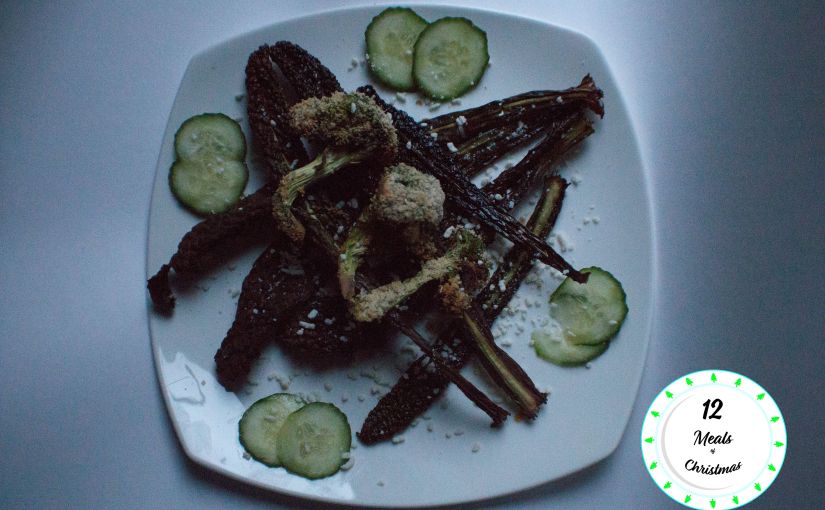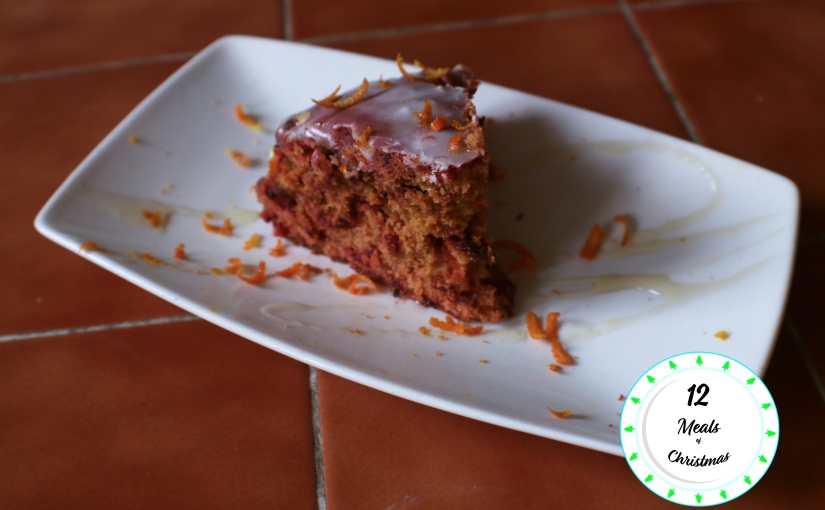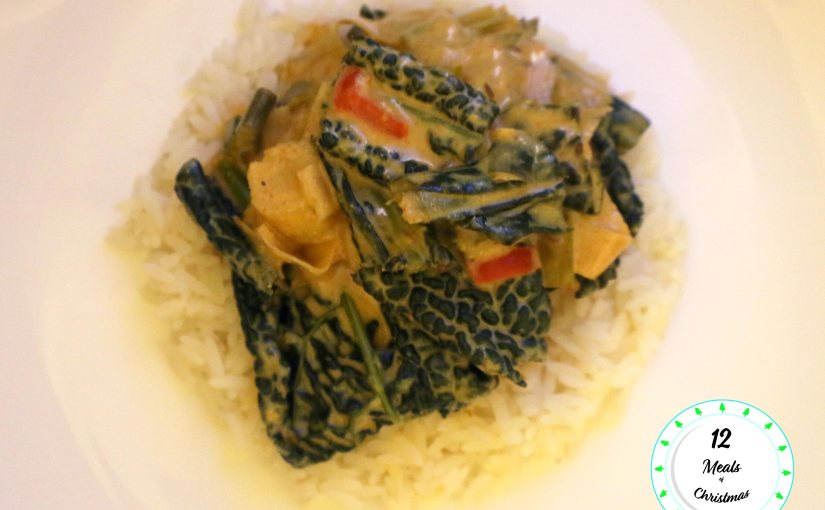Allotments are daunting projects. You arrive onto a plot that’s usually filled with weeds as tall as your head. Dig a fork into the soil, and it’ll either be compact with couch grass roots or clumpy clay – or you could have beautiful, fluffy soil (grr…).
The best course of action for a really compact plot is to dig out bigger weeds, mulch with cardboard and manure and then wait until the following spring – however, if you’ve walked onto a plot in March, April or May and you want to have a go at some vegetables – here are 3 Veg For Every Beginner Allotment Grower.
Now, with very well-established weeds, you’ll need to make sure that your plots are mulched with a mix of either cardboard or newspaper, then layers of leaf mold (rotting leaves), compost or manure. Once the bulk of the plot is covered, you can use parts of the space to grow very early crops.
I should add that the harvests won’t be huge. You may have a few troubles along the way with your soil as it hasn’t had a good year of feeding and nurturing. You’ll also need to keep on top of the weeds every week as they try to come through (do 10 minutes or so – they will eventually lose their energy and die off after a few goes). However, these crops will still be tasty, and you’ll have grown your first allotment crops!
Potatoes
Whenever I’ve tried to tackle a heavy and clumpy plot, my first vegetables that I turn to are plants with strong roots. Potatoes, in particular, are a great starter vegetable – this is because they break up that solid soil as they go, and – if you go for first earlies like Maris Bard or International Kidney – you may even have time to plant a June crop of beans.
How I start my potatoes off is either at home or in the greenhouse. Potato plants grow through the chits, or sprouts (those little bits we find on their surfaces when we come to peel them). Knock off the eyes until you have around five all in the same area, face the spuds with the sprouts directed at the sun and keep them warm and dry.
Once the sprouts are the length of your finger, and the danger of frost has passed – check here for your area – you can plant them outside. Now, as the soil hasn’t been well-fed, either locate comfrey leaves and lay them along the bottom of a trench or pick up vegetable feed from any garden centre or DIY store.
When mulching your plot, make sure that you leave room for a trench a spade’s-width. Plant your spuds into the space 30cm apart and 50cm between rows if first earlies or 38cm apart and 75cm between rows if they are maincrop potatoes like Picasso and King Edward. Fill the trenches with a mix of compost and your dug earth and then water well throughout the season.
You will find that the weeds come through, but – so long as you do 10-15 minutes of uprooting every week, they shouldn’t cause too much bother.
Courgettes
Another vegetable that will work well in a mulched bed. Before you sow your seeds, grab a couple of bags of compost or a heap of manure, several sheets of cardboard and newspaper and any vegetable waste you might have. Dig over your weedy soil lightly and remove the biggest plants and roots.
Soak your sheets of cardboard or newspaper and throw down. Cut or leave a hole about 50cm wide (this will be your spot for your courgette). Now layer up the plot with your composting material and leave the worms and microbes to do their work as your courgettes grow.
Start courgettes off in a warm, well-lit house or greenhouse around mid-April/May. Sow the seeds pointy-end up and cover to the top of your pot with soil. Make sure that the pots are moist.
Once your elephant-sized plants have three or four leaves and the risk of a late frost has pased, it’s time to plant them outside.
Where you marked out your courgette spaces, dig down a spade’s depth. Fill this with vegetable scraps and comfrey leaves before topping up with manure. Now take your courgette plant and an extra plant pot. Lay the courgette over the manure and the pot beside it. Slowly fill in the roots of the courgette with the de-weeded topsoil and an extra layer of compost. Firm down and water thoroughly weekly, using the plant pot to get deeper down to the roots.
Strawberries
Get this – you can grow tasty strawberries pretty well in clay soil. As above, mulch the area you’ve set out for your strawberry plants. Again, insert plant pots next to each plant as these will make sure that water reaches the roots!
Strawberries are easiest to grow when they’re bought either online or from the garden centre. As we want delicious strawberries this year, we’ll go for the garden centre potted plants.
Taking the pots, pop them into a large tub of water and leave them to soak for around 10 minutes. Use this time to dig out the holes you’ve marked up in your beds.
Removing the plants from the pots, place each one over a layer of well-rotted manure and then fill until the roots are buried. Firm down and water well and feed with tomato feed throughout the season.
You can enjoy allotment strawberries in no time!
Taken on a plot this year? What crops have you gone for? If you’ve been growing your own for years, I want to know what edibles you started with. Let me know in the comments below.












